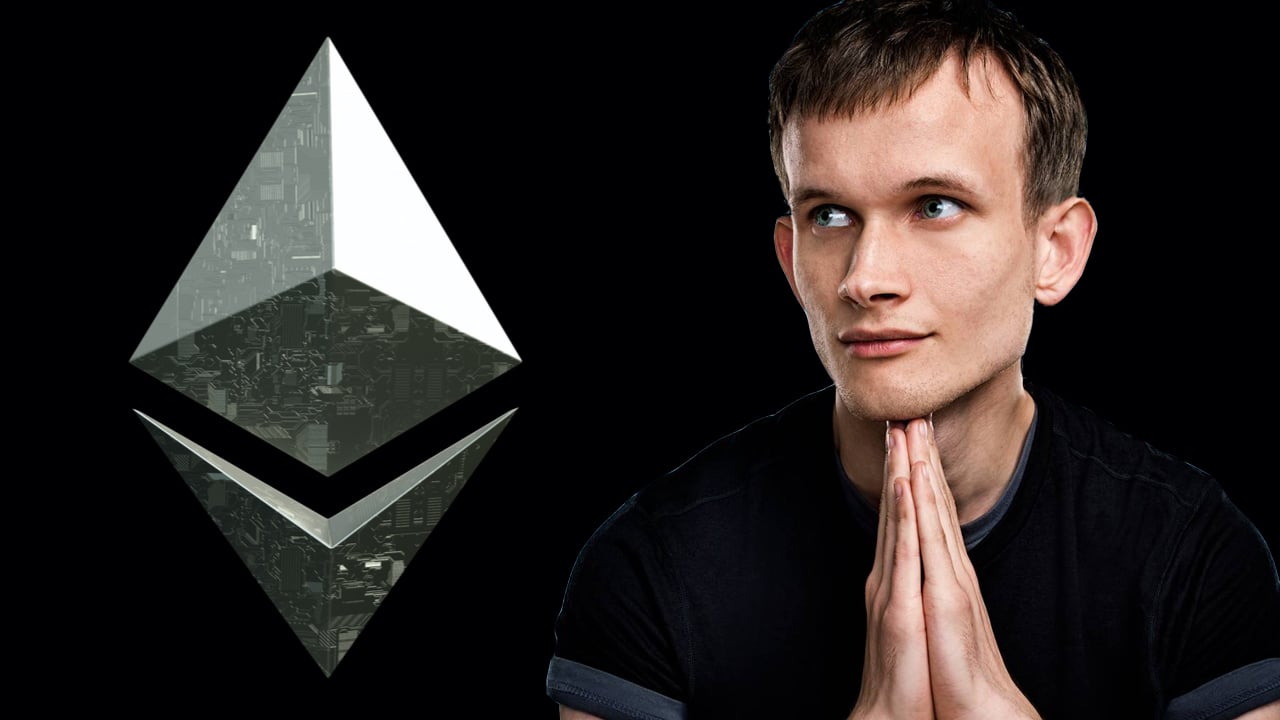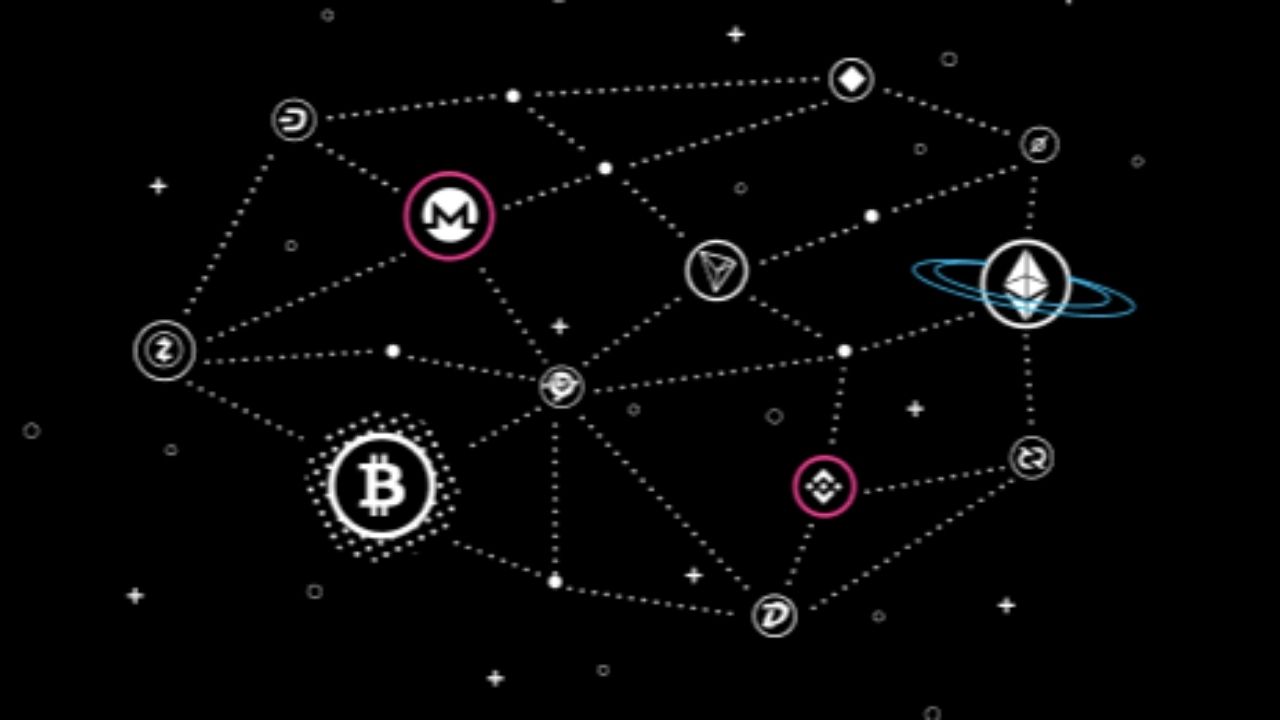 Ethereum’s co-founder, Vitalik Buterin, and developer Tim Beiko have been discussing a proposed solution to the data transfer gas problem and current scaling issues. Buterin talked about adding a feature like “blob-carrying transactions” in a “near-future hard fork.” ‘Blob-Carrying Transactions’ The price of ethereum (ETH) has moved northbound during the last two weeks, climbing more […]
Ethereum’s co-founder, Vitalik Buterin, and developer Tim Beiko have been discussing a proposed solution to the data transfer gas problem and current scaling issues. Buterin talked about adding a feature like “blob-carrying transactions” in a “near-future hard fork.” ‘Blob-Carrying Transactions’ The price of ethereum (ETH) has moved northbound during the last two weeks, climbing more […] Both Ethereum 2.0 and Polkadot are promising sharding-based protocols overcoming the scalability challenges facing legacy blockchains. Although slightly different, together, the Relay Chain and Beacon Chain represent another significant leap forward, especially for interoperability. Partitioning the Problem: Sharing the Load via Sharding Scalability has been a hotly debated topic after networks bumped up against the […]
Both Ethereum 2.0 and Polkadot are promising sharding-based protocols overcoming the scalability challenges facing legacy blockchains. Although slightly different, together, the Relay Chain and Beacon Chain represent another significant leap forward, especially for interoperability. Partitioning the Problem: Sharing the Load via Sharding Scalability has been a hotly debated topic after networks bumped up against the […]
Dfinity founder Dominic Williams has criticized Ethereum’s emerging ecosystem of layer-two solutions for exposing users to counterparty security risks.
Dominic Williams, the founder of Dfinity and its Internet Computer, has slammed the scaling solutions put forward by Polkadot and Ethereum for offering a disjointed user experience.
The self-described “blockchain maximalist” criticized Ethereum’s burgeoning ecosystem of second-layer scaling solutions, describing Ethereum as starting to resembling a ridiculously elaborate “Rube Goldberg machine” of “layer-two cloud applications.”
Williams asserted layer-twos cause points of friction for Ethereum users and exposes them to counterparty security vulnerabilities, emphasizing that more than half of Ethereum’s nodes are hosted by Amazon Web Services:
“A lot of these Proof of Stake networks today that people invest in are really just layer-two applications of cloud — we find that pretty disappointing. Blockchain shouldn’t be running on Amazon Web Services where they can steal the validator keys and do all sorts of bad stuff.”
Williams asserts that when a user accesses a blockchain through the cloud, “they have to download MetaMask from Amazon or something that lets them be tracked.”
He sought to contrast this with Dfinity’s Internet Identity protocol that he claims “can’t track you” unlike MetaMask and many other services downloaded from an app store.
Dfinity’s founder emphasized the numerous friction-points and steep learning curve impacting the user experience on Ethereum, stating: “If you want mass adoption of blockchain, you can’t require people to install MetaMask and then have to buy some Ether from Coinbase — that’s ridiculous. People need to interact with blockchain without having tokens — tokens come later. That’s a really big problem.”
“On a traditional blockchain, you’re sort of fiddling around creating these transactions through MetaMask or something like that — that’s just not a good user experience."
Williams also took aim at Polkadot’s forthcoming sharded parachain ecosystem, likening its relay chain to a “centralized toll-fee hub” mediating between disparate blockchains. He also criticized its vision for sharding as failing to ensure “fungibility between smart contracts.”
“DeFi is so successful on Ethereum [...] because these smart contracts exist in a seamless universe and they can all plug into each other — everybody can extend everybody else’s system,” he added.
Since its discreet mainnet launch in December 2020, Williams claims Dfinity has been poorly understood by the broader crypto community and the subject of rampant FUD on social media, lamenting that poor marketing from the project has done little to fix the situation.
Despite the purported FUD-storm, Williams asserts “the Internet Computer will have more users than all other blockchains combined by December of this year.”
 The cofounder of Ethereum, Vitalik Buterin, recently discussed the highly anticipated full transition from a proof-of-work (PoW) consensus model to proof-of-stake (PoS) as its replacement. Buterin admitted at Hong Kong’s Startmeup HK 2021 Festival that the transition was taking too long and highlighted that it wasn’t technical problems but “related to people.” Buterin: ‘If You […]
The cofounder of Ethereum, Vitalik Buterin, recently discussed the highly anticipated full transition from a proof-of-work (PoW) consensus model to proof-of-stake (PoS) as its replacement. Buterin admitted at Hong Kong’s Startmeup HK 2021 Festival that the transition was taking too long and highlighted that it wasn’t technical problems but “related to people.” Buterin: ‘If You […]
Elon Musk’s claims of Dogecoin's superiority has sparked a discussion on scaling from Ethereum's co-founder.
Ethereum co-founder Vitalik Buterin has posted a lengthy paper on the limits to blockchain scalability, criticizing claims made by Tesla's CEO, Elon Musk.
The article, published to Buterin’s personal blog on May 23, emphasizes the trade-off between decentralization and scalability in architecting blockchain networks. The article comes in response to Elon Musk’s May 15 tweet asserting that Dogecoin will emerge as the leading chain if it moves to increase its block size by 900%:
“Ideally, Doge speeds up block time 10X, increases block size 10X & drops fee 100X. Then it wins hands down.”
Vitalik Buterin challenges Musk’s proposition, emphasizing the challenge of seeking to achieve a sharp increase in scalability and throughput “without leading to extreme centralization and compromising the fundamental properties that make a blockchain what it is.”
Buterin stressed the need for decentralization to eliminate the risk of a network having a single point of failure, and the protections a widely distributed network enjoys against coordinated attacks. He added that decentralization cannot be achieved without regular users being freely able to run nodes.
“For a blockchain to be decentralized, it's crucially important for regular users to be able to run a node, and to have a culture where running nodes is a common activity.”
Buterin also asserts that sharding can facilitate comparable scalability to that offered by many centralized chains. Based on the current state of the Ethereum network, Buterin predicts that a sharded Ethereum could “probably process one a million transactions per second with the full security of a blockchain.”
“But it's going to take work to do this without sacrificing the decentralization that makes blockchains so valuable,” he added.
In March, the Ethereum co-founder suggested that rollups will be deployed on Ethereum before sharding ships with ETH 2.0.

Amid the threat of dollar debasement, Kraken’s Jesse Powell believes Lamborghinis and Bugattis may be a better measure of Bitcoin’s value in the future.
Appearing on Bloomberg, Kraken CEO Jesse Powell explained why he believes dollar-based long-term price predictions for Bitcoin are flawed, emphasizing the inflationary nature of fiat currencies.
Responding to a question asking Powell for end of year price predictions, Kraken’s CEO said: “I think I said Bitcoin is going to infinity and that’s kind of hard to comprehend because I’m measuring it in terms of dollars.”
Offering alternative measures for valuing Bitcoin, Powell speculated the value of Bitcoin may increase from its current 'price' or one BTC per Tesla Model 3 to “one Bitcoin per Lambo” by the end of the year, and to “one Bitcoin per Bugatti” by 2023. Powell added:
"To the crypto community, I think those kinds of assets are easier to measure Bitcoin against because you never know where the dollar is going to be. There could be 10 times as many U.S. dollars out there a year from now, so it’s really hard to measure Bitcoin against the dollar.”
While Bitcoin spent much of 2019 and the first half of 2020 trading for the price of a secondhand 2010 Honda Civic, one Bitcoin could have purchased a brand new Civic when the price broke into new all-time highs at the end of year.
When asked about Ethereum, Powell emphasized the importance of the booming non-fungible token sector, stating: “All of the NFT activity is really driving up the use of Ethereum.”
Powell also highlighted uncertainty surrounding when the Eth2 overhaul will be completed and noted that deposits to Ethereum’s staking contract are currently removing Ether from supply.
On the topic of altcoins, Powell pointed to the buzz surrounding Polkadot, alluding to perceptions the network may comprise “the next Ethereum” due to scaling and fee issues.
“There are a lot of other coins that are being launched on top of this network, and I think you’ll see a lot of things that were on Ethereum be ported over to Polkadot,” he said, noting the “lower transaction fees” associated with Polkadot.
Polkadot seeks to offer greater speed and efficiency than other crypto networks by processing transactions using a “parachain” architecture where multiple sharded chains operate in parallel. While parachains are yet to launch on Polkadot’s mainnet, the ecosystem's Acala Network, became the first project to secure a parachain slot on Polkadot’s Rococo testnet last week.
Although sharding is on the Eth2 roadmap, Ethereum co-founder Vitalik Buterin revealed earlier this month its developers are currently prioritizing the chain merge between Ethereum and Eth2. Buterin also expressed confidence that layer-two rollups will scale the network sufficiently over the short term while sharding is not a developmental priority. Optimism's rollups mainnet has since been delayed until July.